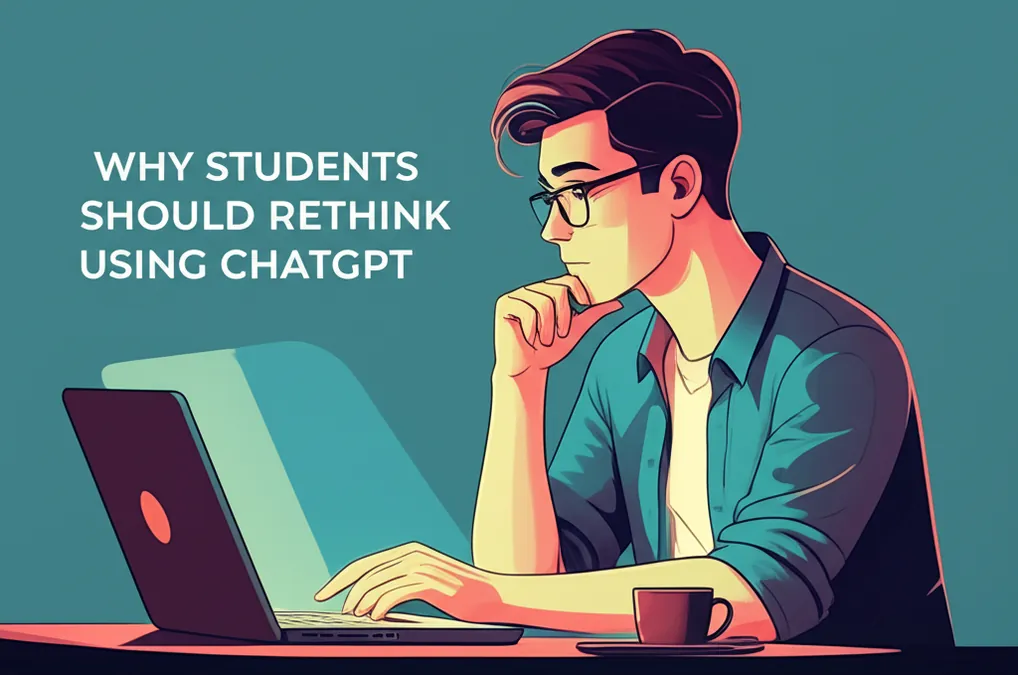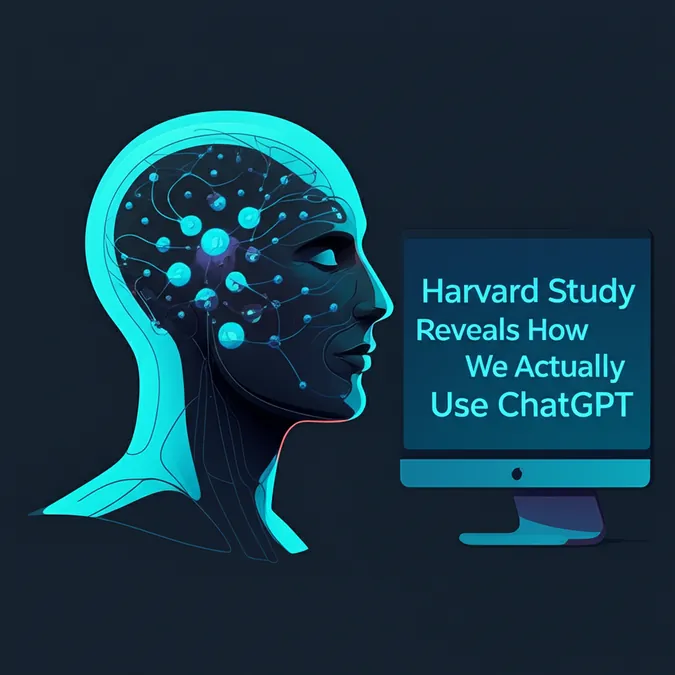How AI Humanizers Are Making ChatGPT Essays Undetectable
 Student using ChatGPT. Source: dpa/picture alliance via Getty Images
Student using ChatGPT. Source: dpa/picture alliance via Getty Images
Educational institutions and employers worldwide are confronting a new and sophisticated challenge: AI-generated content that is so convincing it bypasses even advanced detection software. A recent study reveals the growing gap between AI writing and our ability to detect it, raising serious questions about academic integrity and content authenticity.
The Failure of Current AI Detectors
A comprehensive study by University of Chicago economists Brian Jabarian and Alex Imas tested the most popular AI detection tools, uncovering troubling performance issues. The research findings are stark. When students used specialized "humanization" software to process ChatGPT-generated essays, the effectiveness of leading detectors plummeted from over 90% to below 50%. This highlights a critical vulnerability in the technology schools and workplaces rely on. One system, Pangram, was a notable exception, maintaining a 96.7% accuracy rate even against these evasion tactics.
The High Cost of False Accusations
Beyond failing to catch AI-generated content, these tools create another serious problem: falsely accusing innocent students of cheating. The research found that most commercial detectors incorrectly flag about one in every one-hundred pieces of genuine human writing as AI-generated. In a class of thirty students, this could mean at least one student faces wrongful misconduct charges every few assignments.
These false positives have led to significant consequences. Vanderbilt University made the decision to disable Turnitin’s AI detector after discovering it disproportionately flagged essays from non-native English speakers and students with learning differences.
The Rise of AI Humanization Services
An entire industry has emerged to help users circumvent AI detection. Services like StealthGPT, Undetectable AI, and WriteHuman specialize in rewriting AI content to mimic human writing patterns. They work by identifying and altering the linguistic markers that detectors search for, such as overly consistent grammar or unusual word choices. This software intentionally introduces the variability and subtle imperfections that make writing feel authentic.
This has created a technological paradox: we are now using AI to make AI writing appear more human to fool other AI systems. The result is an escalating arms race, with educators and content moderators caught in the middle.
Navigating the Future of AI in Writing
The challenge of AI detection reflects broader questions about the appropriate use of AI in content creation. The line between acceptable assistance, like grammar correction or brainstorming, and academic dishonesty, like generating entire assignments, is often blurry.
In response, educational institutions are exploring different strategies. Some have abandoned automated detectors altogether, citing accuracy and bias concerns. Others are redesigning assessments to include more in-person work, oral exams, and project-based learning that is harder to fake with AI. Meanwhile, detection companies are developing more advanced techniques like hard negative mining to stay ahead.
Implications for Content Authentication
The University of Chicago study offers critical guidance for any organization using AI detection. The era of easily distinguishing human from AI writing may be ending. Success in this new landscape requires understanding the limitations of detection tools, accepting the trade-offs between different types of errors, and maintaining crucial human oversight in high-stakes decisions. As the technological arms race continues, the focus must shift from simply catching AI to developing nuanced policies that reflect the new reality of AI-assisted writing.


